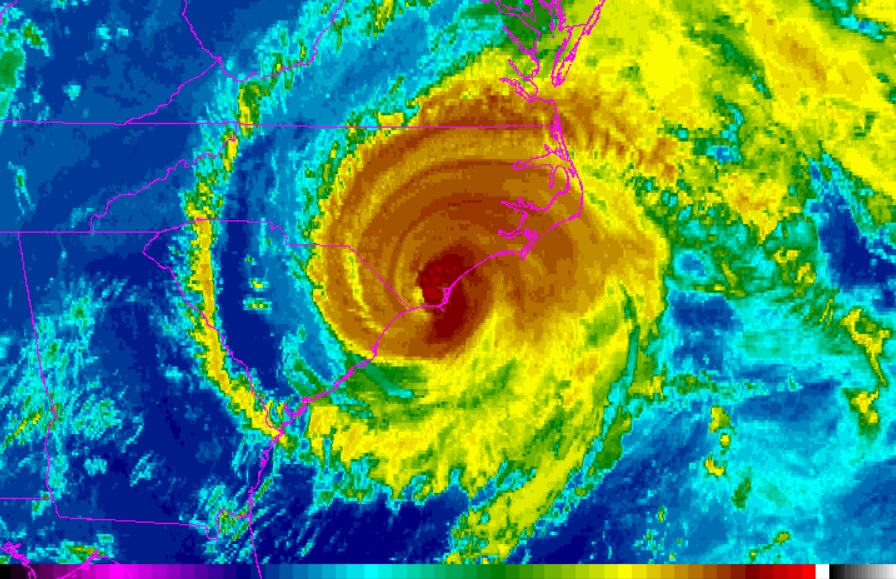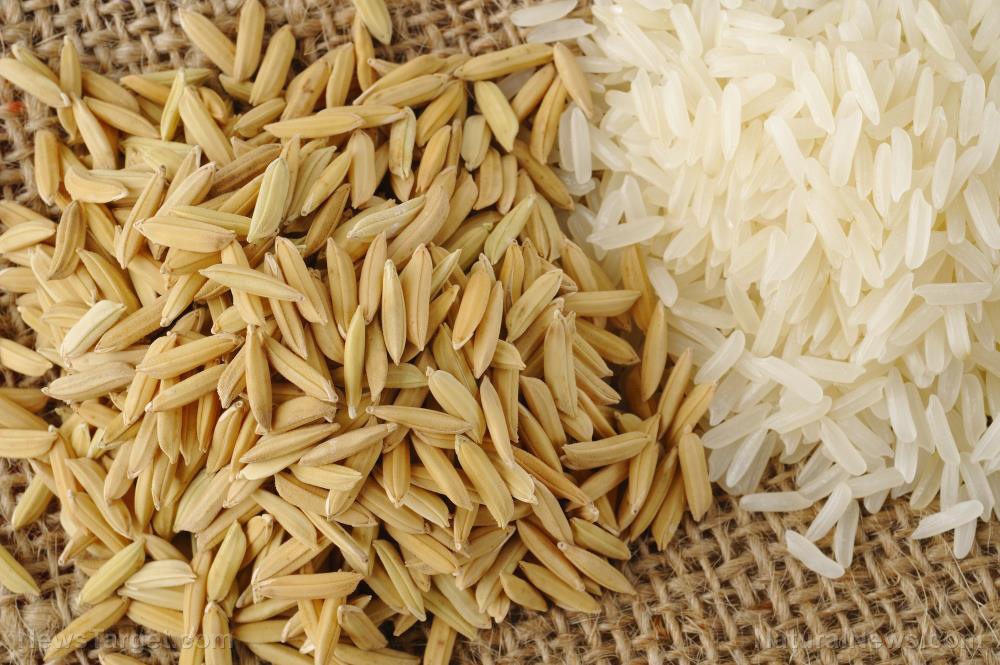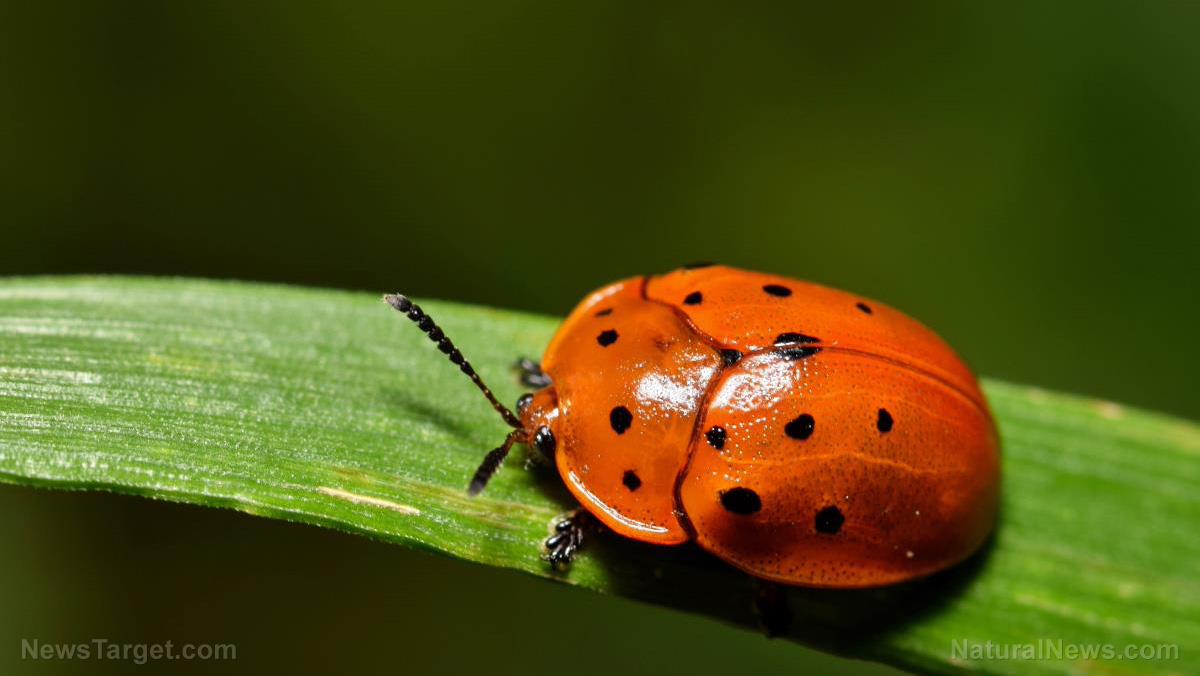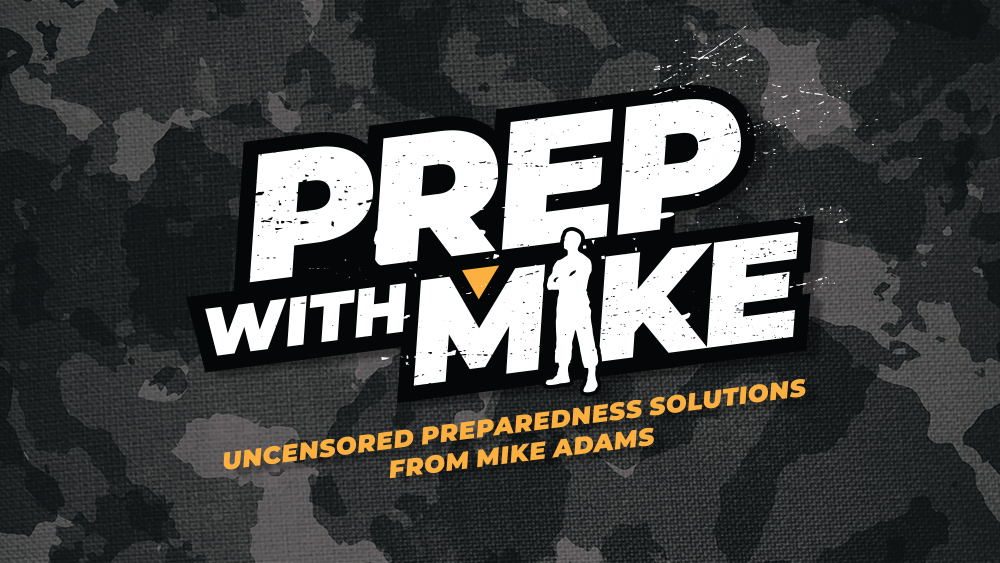Food supply 101: 5 Edible insects that might save your life when SHTF
09/01/2020 / By Michael Alexander

Chew on this thought for a minute: In the future, you might have to take a bite (or two!) out of some insects if you are to get your fill of vitamins and minerals.
This isn’t a new idea, of course. Unlike in the U.S. where eating insects and other “creepy-crawlies” is often relegated to reality television stunts, insects are an integral part of several cultures’ cuisines, such as that of the Congolese, who cook and eat termites, or of those from Burkina Faso who would collect caterpillars from shea trees and cook them into stews, or of several Native American tribes who would feast on the pupae of the shore fly.
Insects are a part of Mexican cuisine as well, with families of Aztec descent known for preparing dishes using escamoles, which are the eggs and larvae of several species of ants, and chapulines, which are crunchy, stir-fried grasshoppers.
Modern science has caught up with the practice as well. In fact, according to a study published in the journal Food Science of Animal Resources, researchers from the Korea Food Research Institute and Gyeongnam National University of Science and Technology noted that using insects as an alternative protein source can help solve problems related to the conventional food-supply chain, including global water, land and energy deficits.
Aside from being packed with organic protein, insects are also nutrient-rich, with some species noted for having substantial levels of vitamins A, D, E, K and C, as well as essential minerals potassium, sodium, calcium, copper, iron, zinc, manganese and phosphorus. (Related: Scientists claim that insects are full of antioxidants, and that drinking “cricket juice” halts cancer.)
This means that when SHTF, bugs and other creepy crawlies might be the only ones to stand between you and malnutrition.
In line with this, it is highly important that you learn which insects and bugs are fit for human consumption, as well as how to catch, prepare and cook them.
Here’s how you can get started:
- Make sure you are getting edible bugs. As with all things, not everything you see in nature is edible. According to experts, when foraging for insects, for instance, one should avoid those with bright colors, since those are usually toxic.
- Clean your bugs properly. If you manage to chance upon a particularly rich trove of bugs, it’s important that you prepare and clean them before cooking. This is because unlike cultured insects that have a clean diet, one cannot be sure as to what wild insects have ingested prior to their being captured. One way to “clean” insects, according to experts, is to purge them by feeding them clean, leafy vegetables a full day before cooking. This will ensure that their guts are clean and free of any pathogens or toxic chemicals.
- Cook your bugs thoroughly. Most bugs contain alkaloids and other chemicals that serve as their natural defense mechanism. These, however, are often neutralized when exposed to high temperatures which render the bugs themselves as edible.
With that being said, here are some insects that you can consume in a post-SHTF situation:
Grasshoppers and crickets
Grasshoppers and crickets are known for being extremely rich in protein. These insects are usually dry roasted until crisp, and are noted for their subtle, nutty flavor.
Termites
Just like grasshoppers and crickets, termites are a great source of protein. They are also relatively clean and are known for being less likely to harbor parasites — a result of their wood-based diet. Much like the grasshoppers, these insects taste best when dry roasted.
Grubs
A broad term that refers to the larval form of several beetles, grubs come in many forms: some are small and crunchy, like mealworms, while some are fat and juicy, just like that of the rhinoceros beetle. These are usually cooked over an open flame until they turn crispy.
Earwigs
Usually found living under stones, earwigs look like a penny-sized cross between an ant and a scorpion. Despite their slightly menacing appearance, these bugs are perfectly safe to eat. Sauté them in some light olive oil and add some nuts and vegetables and you have yourself a pretty decent dinner.
Caterpillars
The larval form of butterflies and moths, caterpillars come in the same variety of shapes and sizes as grubs, the only difference being the their legs extend throughout the entire length of their bodies, instead of being located only at the very front part. Much like the grubs, these are best cooked until they turn crisp.
Important note: Be sure to check the color and general appearance of the caterpillar. If it’s brightly colored or has hairs, just steer clear. Those contain toxins that you can’t get rid of even during cooking.
For more information about edible insects, head over to EmergencyFood.news.
Sources include:
Tagged Under: bug out, edible insects, emergency food, food independence, green living, insects as food, off grid, preparedness, prepping, survival, survival foods, world hunger
RECENT NEWS & ARTICLES
COPYRIGHT © 2017 DISASTER NEWS


















